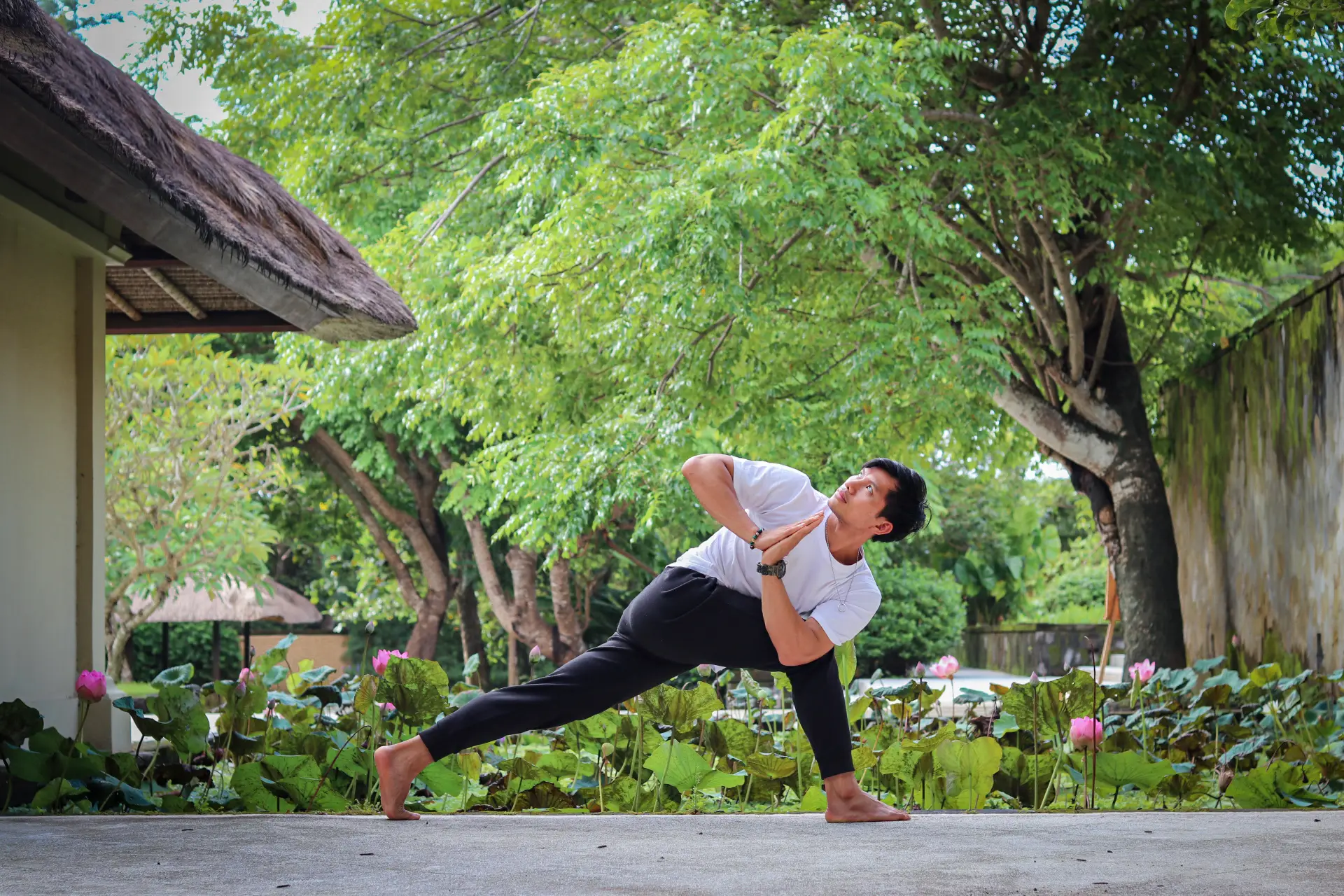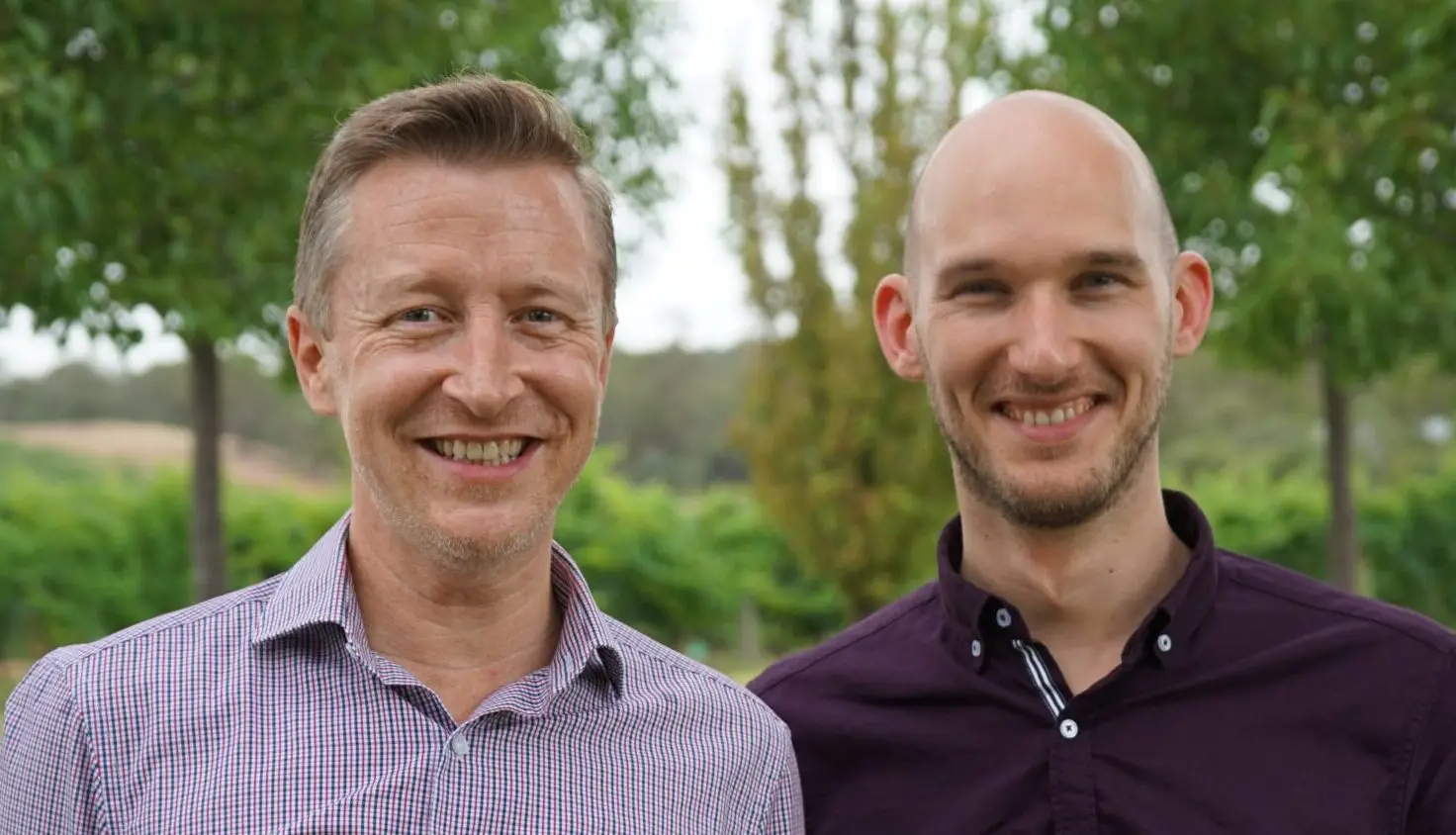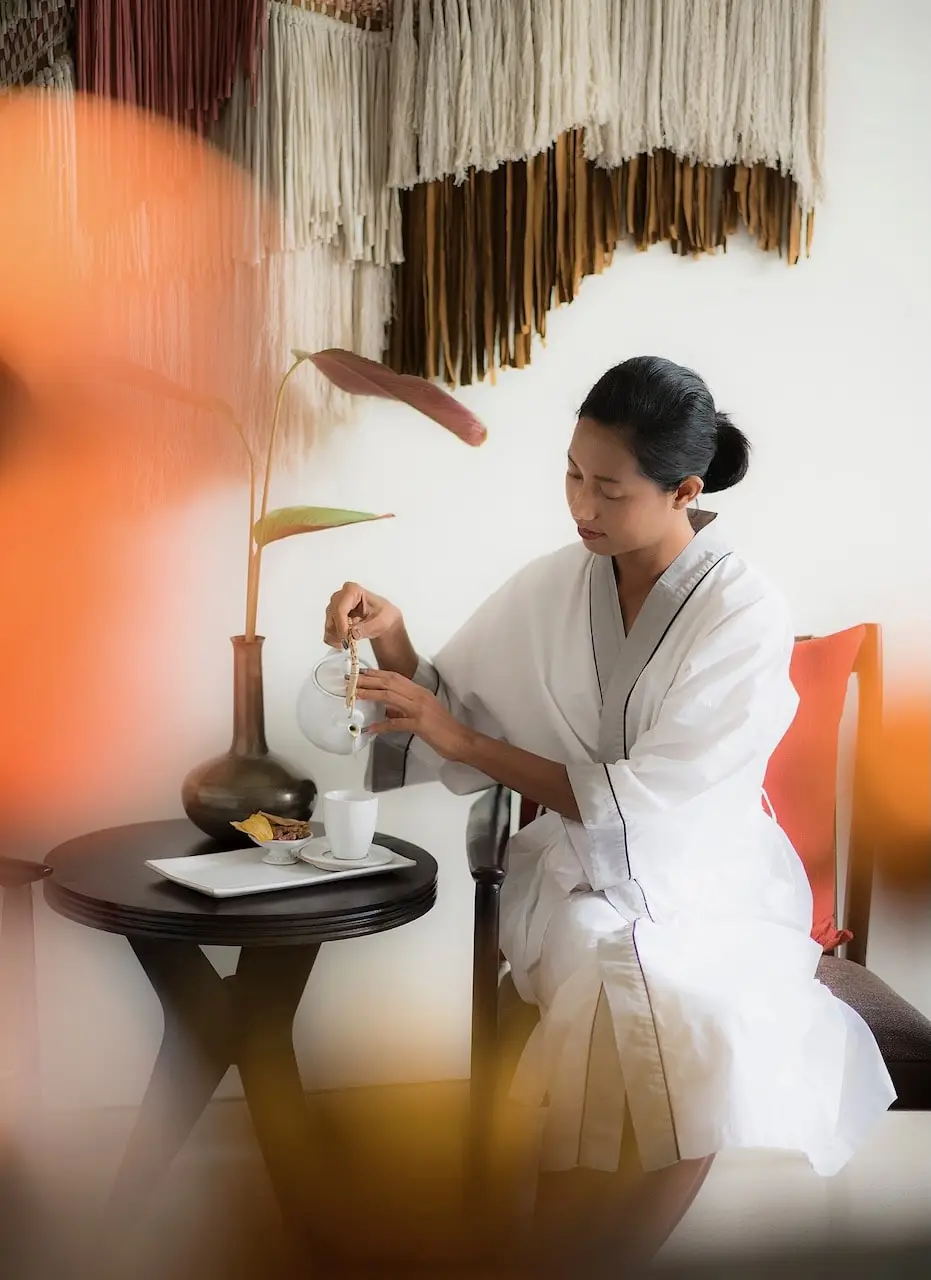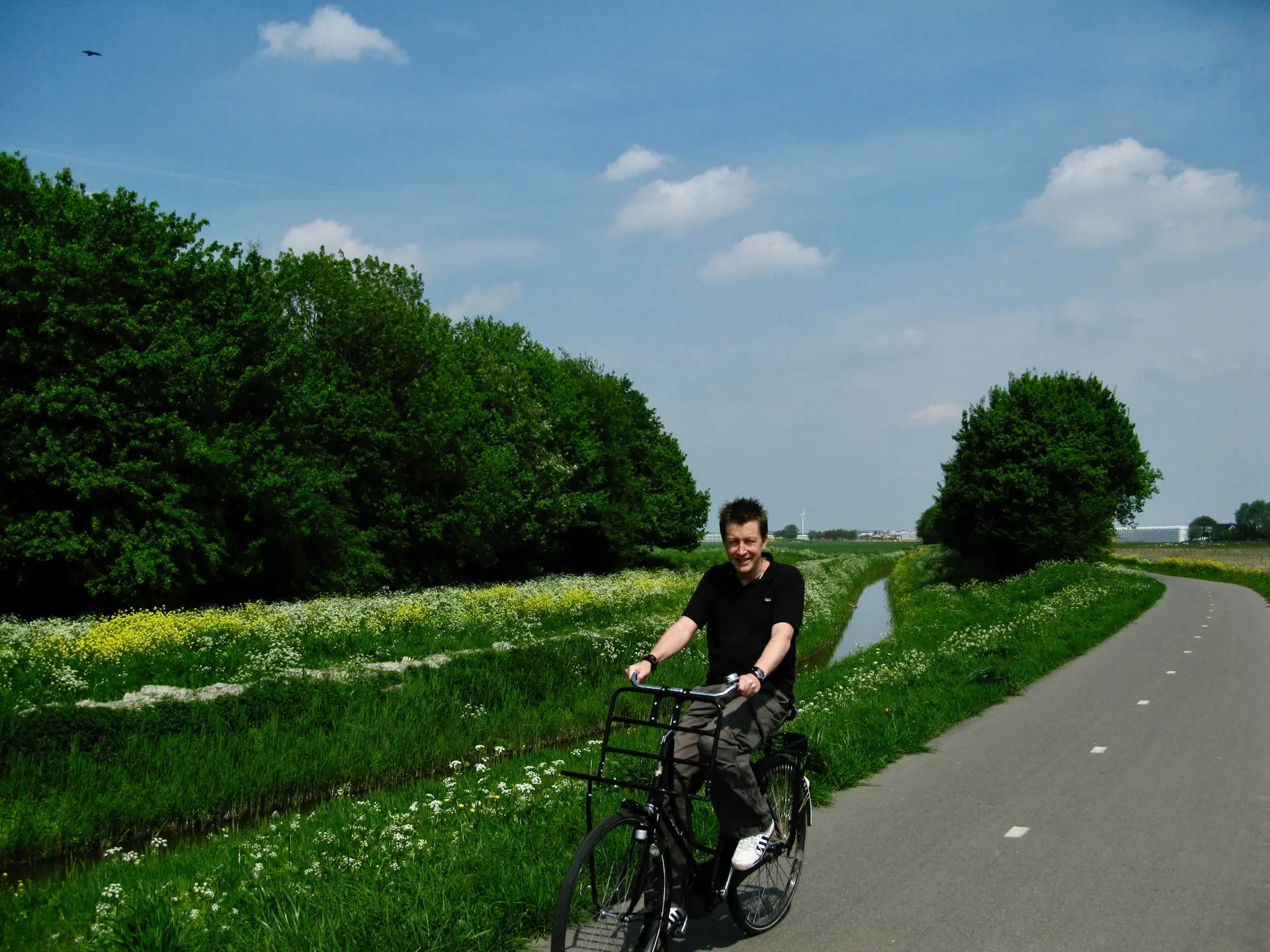Ayurveda, often referred to as the “science of life,” is a holistic healing system that originated in India over 5,000 years ago. It is one of the oldest medical systems in the world and is based on the belief that health and wellness depend on a delicate balance between mind, body, and spirit.
The core principle of Ayurveda is the balance of the three doshas: Vata, Pitta, and Kapha, each of which is composed of a combination of the five elements (Air, Fire, Water, Earth, Ether/Space).
Vata is made up of air and ether, representing movement and space. It governs functions related to motion, such as breathing, circulation, and nerve impulses.
Pitta, composed of fire and water, symbolizes transformation and metabolism. It controls digestion, body temperature, and energy production.

Kapha, consisting of water and earth, embodies structure and stability. It manages growth, lubrication, and the immune system.
Each dosha represents distinct physiological and psychological characteristics, and maintaining their balance is essential for optimal health and well-being.
Key Practices
Herbal Treatments
Ayurveda uses a vast array of herbs and natural substances to treat and prevent illness. Commonly used herbs include turmeric, known for its anti-inflammatory and antioxidant properties; ashwagandha, which helps reduce stress and improve vitality; and neem, used for its purifying and detoxifying effects. These herbs are often combined into specific formulations tailored to an individual’s constitution (Prakriti) and current health condition (Vikriti).
Panchakarma
Panchakarma is a comprehensive detoxification and rejuvenation therapy that includes five primary procedures: Vamana (therapeutic vomiting), Virechana (purgation), Basti (enema), Nasya (nasal administration of medications), and Raktamokshana (bloodletting). These procedures aim to remove toxins (Ama) from the body, strengthen the immune system, and restore the balance of doshas. Panchakarma is typically administered under the supervision of a qualified Ayurvedic practitioner.
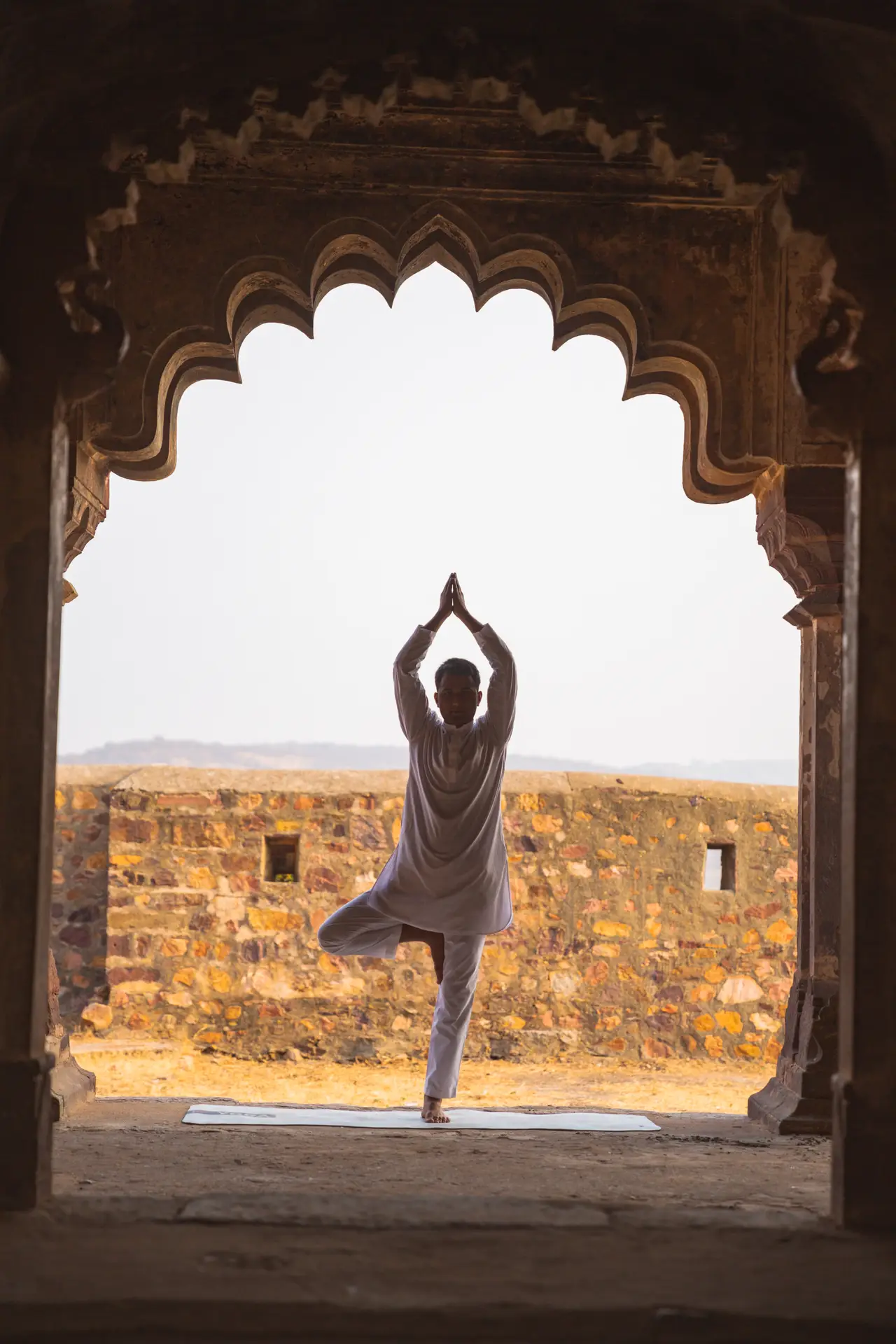
Yoga and Meditation
Integral to Ayurveda are the practices of yoga and meditation. Yoga encompasses physical postures (asanas), breathing exercises (pranayama), and meditation techniques that promote physical flexibility, mental clarity, and emotional stability. Meditation, such as mindfulness or mantra meditation, helps reduce stress, enhance self-awareness, and foster inner peace. Together, these practices support holistic health and well-being.
Dietary Guidelines
Ayurveda places a strong emphasis on diet and nutrition. It advocates for a balanced diet that aligns with an individual’s dosha and seasonal variations. Ayurvedic dietary guidelines include using fresh, whole foods, incorporating a variety of tastes (sweet, sour, salty, bitter, pungent, and astringent), and mindful eating practices. Specific dietary recommendations are made based on an individual’s constitution and health needs.
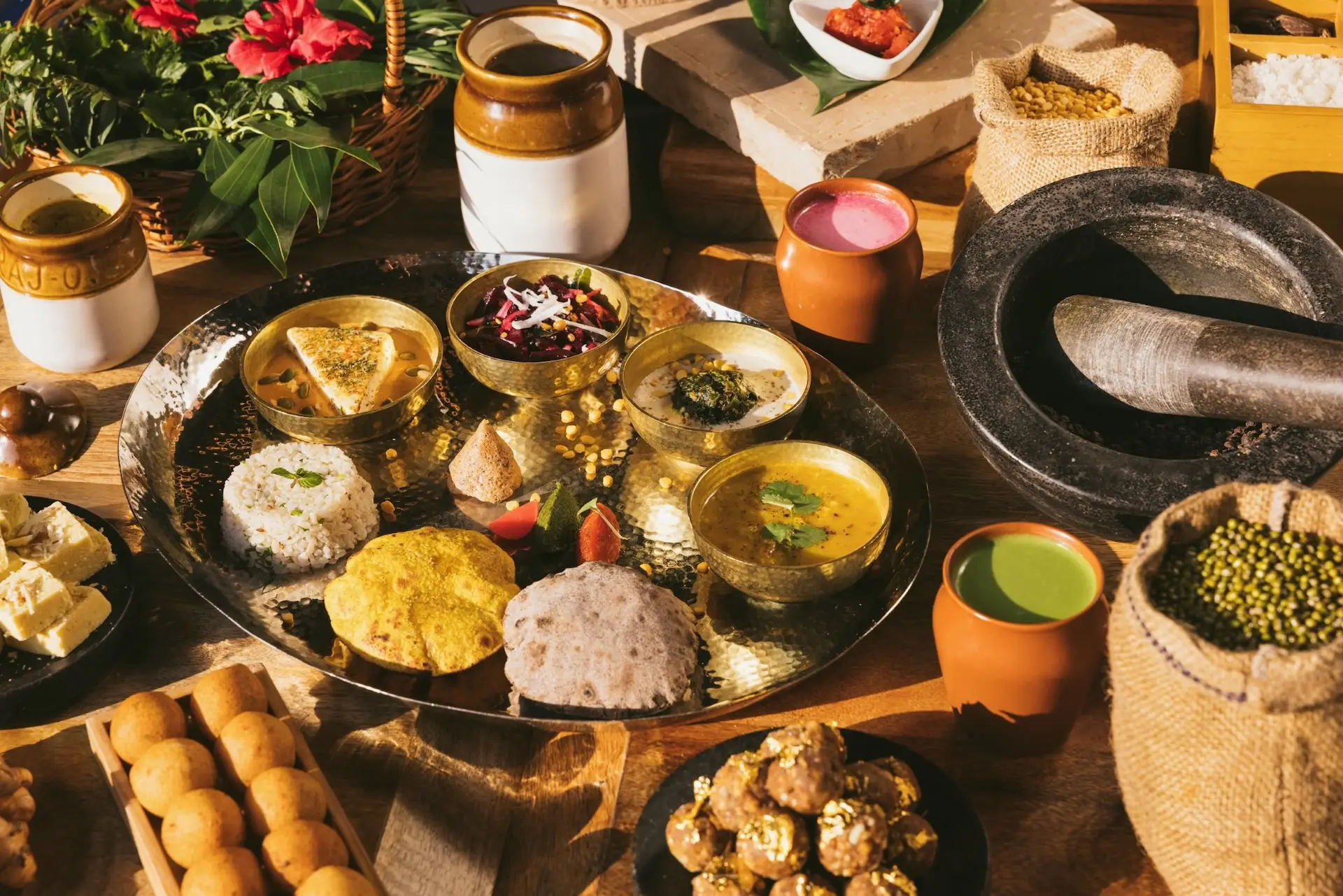
Ayurveda offers a personalised approach to health, addressing the root causes of illness rather than just symptoms. It is effective for managing chronic conditions, improving digestion, enhancing immunity, and achieving overall balance and harmony. Ayurvedic treatments and practices promote longevity, mental clarity, and spiritual growth.
In recent years, Ayurveda has gained global recognition and integration into modern healthcare. Ayurvedic practices and herbal supplements are increasingly used as complementary therapies for managing chronic diseases, reducing stress, and enhancing overall health. Ayurvedic spas and wellness retreats have also become popular, offering holistic treatments and therapies that promote relaxation and rejuvenation.
Ayurveda provides a comprehensive and holistic approach to health and wellness, rooted in ancient wisdom and natural principles. Its emphasis on balance, individualised care, and preventive measures offers valuable insights for achieving long-term health and wellbeing. Whether through herbal treatments, detoxification therapies, yoga, or dietary guidelines, Ayurveda continues to inspire and guide modern approaches to holistic health.
Please Note: The wellness practices and traditional healing techniques discussed in this article are based on ancient cultural traditions. They are intended for informational purposes only and should not be considered a substitute for professional medical advice, diagnosis, or treatment. Always consult with a qualified healthcare provider before starting any new health regimen or if you have any concerns regarding a medical condition. The effectiveness of these traditional practices may vary from person to person. The information provided does not endorse or guarantee the efficacy of any particular treatment.


